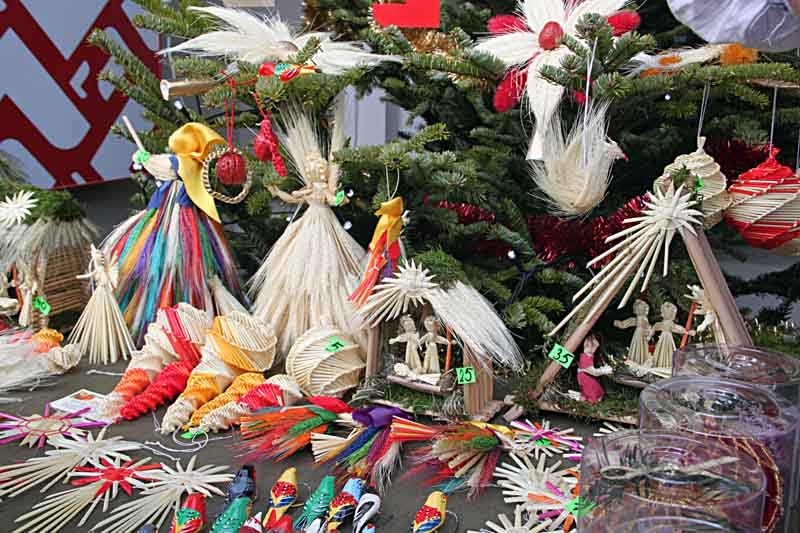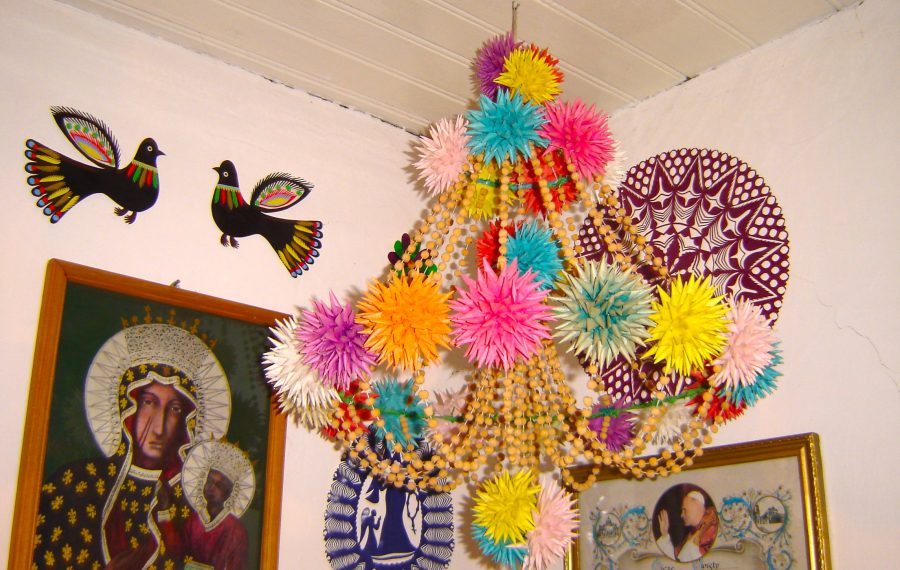Poland is a country rich in history, culture, and artistry, and this is most vividly reflected in its decorations. From traditional folk art to contemporary designs, Polish decorations offer a fascinating glimpse into the nation’s soul. In this article, we will explore various aspects of Polish decorations, share personal experiences, and provide insights that will help you appreciate their beauty and craft.
The Historical Context of Polish Decorations
Understanding decorations in Poland requires taking a step back in time. The country’s tumultuous history has influenced its art and decoration styles significantly. The evolution can be categorized into several periods:
The Influence of Folk Art
Folk art in Poland has roots dating back to the Middle Ages, primarily derived from peasant life. The decorations often featured bright colors and intricate patterns, typically made from natural materials.
Key Elements of Folk Art
- Colorful Motifs: Vivid colors representing nature, flora, and fauna.
- Ornamental Designs: Geometric shapes and patterns often seen in textiles and ceramics.
- Handcrafted Techniques: Many decorative items are made by hand, preserving traditional craftsmanship.
Comparison of Folk Art from Different Regions in Poland
| Region | Style | Key Features |
|---|---|---|
| Highland | Góralski | Wood carving, vibrant clothing |
| Masuria | Masurian Folk | Colorful paintings, traditional embroidery |
| Lublin | Lublin Folk | Paper cuttings, Easter eggs |
Contemporary Polish Decorations
While traditional motifs are still prominent, contemporary Polish decorations have also emerged, blending modern design with classic elements.
Popular Contemporary Styles
Modern Polish decorators often utilize minimalism and functionality, showcasing a stark contrast to the ornate traditional styles.
Key Trends in Modern Polish Decor
- Scandinavian Influence: Minimalist designs with a focus on light, space, and functionality.
- Industrial Elements: Use of metal, concrete, and reclaimed wood in home decor.
- Eco-Friendly Materials: Emphasis on sustainability with natural, locally sourced materials.
Craftsmanship in Polish Decorations
Polish craftsmanship is unmatched, with artisans dedicating their lives to perfecting their crafts. Many decorative items are made using age-old techniques passed down through generations.
Artisan Crafts and Their Significance
Traditional Crafts
- Pajaka: Decorative straw figures used in Christmas celebrations.
- Wycinanki: Traditional paper-cutting art.
- Łowicz Costumes: Brightly colored outfits featuring intricate embroidery.
Personal Experience with Polish Craftsmanship
During my visit to a small village in Poland, I had the opportunity to meet a local artisan who specialized in pottery. Watching her create beautiful pieces from local clay, I was struck by the love and dedication she poured into her work. It was a humbling experience that highlighted the importance of preserving these crafts for future generations.

Seasonal Decorations in Poland
Poland celebrates various holidays throughout the year, each accompanied by unique decorations that reflect cultural traditions.
Christmas Decorations
Christmas is a significant holiday in Poland, marked by a plethora of festive decorations.
Common Christmas Decor Items
- Christmas Trees: Often adorned with handmade ornaments and traditional lights.
- Oplatki: Thin wafers exchanged among family members before the Christmas Eve supper.
- Szopki: Elaborately decorated nativity scenes, often featuring local characters.
Other Seasonal Celebrations
Polish Easter festivities are also notable for their beautiful decorations.
Key Easter Decorations
- pisanek: Decorated eggs, often in intricate patterns.
- Easter Baskets: Filled with food items and decorated with flowers.

Where to Buy Polish Decorations
If you’re looking to add a touch of Poland to your home, there are several places you can find authentic decorations.
Local Markets and Shops
Visiting local markets is an excellent way to discover handmade decorations.
Popular Market Locations
- Wawel Castle Market: A hub for traditional crafts.
- Kraków’s Main Square: Renowned for its vibrant artisan stalls.
Online Shopping Options
Many artisans have moved online, allowing you to shop for Polish decorations from the comfort of your home.
- Etsy: A platform that connects buyers with Polish artisans.
- Local Polish Online Shops: Numerous websites cater specifically to Polish crafts and decorations.
Pros and Cons of Polish Decorations
Pros
- Unique artistic expressions that reflect culture and history.
- Handcrafted items often made from sustainable materials.
- Supports local artisans and communities when purchased locally.

Cons
- Can be more expensive than mass-produced decorations.
- Limited availability outside of Poland for some traditional items.
FAQs about Decorations in Poland

What materials are commonly used in Polish decorations?
Polish decorations often utilize natural materials such as wood, straw, clay, and fabric, reflecting traditional craftsmanship.
Are there specific colors associated with Polish decorations?
Yes, bright colors like red, green, and blue are prevalent in folk art, symbolizing joy and prosperity.

How can I learn more about Polish decoration styles?
Books about Polish history and art, workshops with local artisans, and online resources can provide valuable insights.
Are Polish decorations suitable for all seasons?
Absolutely! Many Polish decorations can be adapted for various seasons and occasions, making them versatile additions to your decor.

Conclusion: The Beauty of Polish Decorations
Whether you are an aficionado of folk art or looking to adorn your home with unique pieces, Polish decorations offer a vibrant blend of history, culture, and artistry. From hand-painted Easter eggs to beautifully carved wooden ornaments, each piece tells a story and carries the essence of Polish heritage. Embrace these decorations not just as items, but as a connection to a rich cultural tapestry that spans centuries.